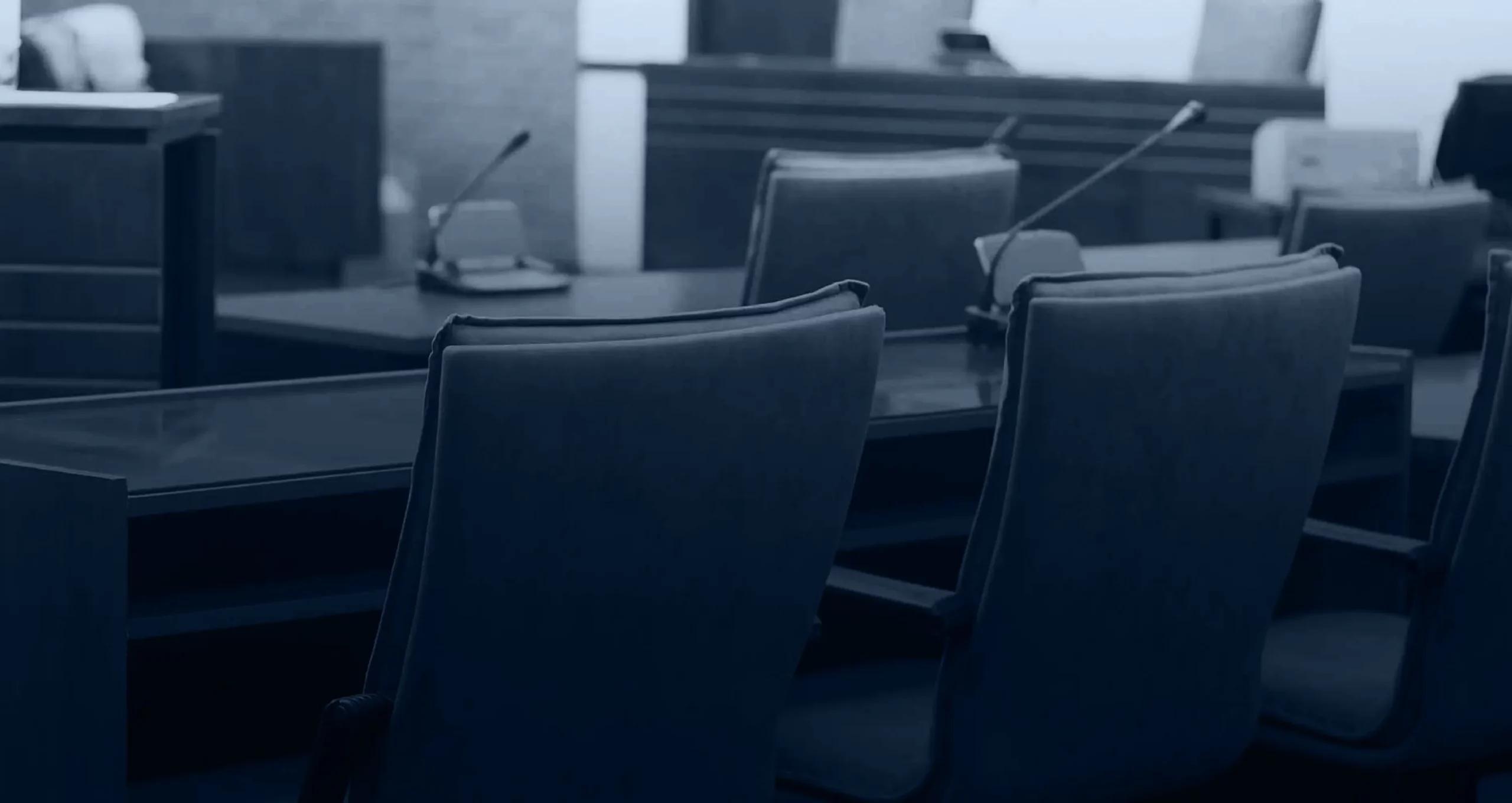
Illinois state law governs Chicago personal injury claims. Although most claims are settled before the injury victim files a lawsuit, victims take a significant number of claims to court. Even most of these claims, however, never make it to trial. Most personal injury cases settle out of court before trial or, once in a while, during trial.
An experienced Chicago personal injury lawyer can help you file a lawsuit and pursue the compensation you deserve.
Follow the steps below to file a Chicago personal injury lawsuit.
Collect Evidence at the Scene of the Accident
The first step you need to take to bolster your claim is a step that you might find yourself physically incapable of making–collect evidence at the accident scene. If your injuries are too serious, you might find yourself incapable of doing this.
Nevertheless, to the extent that you are able, collect any relevant evidence or have someone else do so at the scene of the accident.
The most important evidence to gather includes:
- Photos of the accident scene and injuries
- Videos of the accident scene
- Contact details for witnesses
Collect anything else that might be relevant.
Seek Prompt Medical Treatment
The quickest way to destroy your personal injury claim is to delay seeking medical treatment. Since some injuries do not show up right away, you should seek immediate medical treatment if your body suffered any impact in the accident. Don’t let pain be your criteria because you might not start hurting until tomorrow.
Talk to a Personal Injury Attorney
Talk to a personal injury attorney as soon as possible, even if it is only for a free initial case consultation. Because personal injury lawyers don’t get paid unless they win, if the lawyer offers to represent you, you can be sure they believe they can win. Coming from an experienced personal injury lawyer, that means a lot.
The Preliminary Investigation
When you hire a lawyer, they will perform the preliminary investigation. The purpose of the preliminary investigation is to put together a picture of the accident in order to determine what to do next.
A preliminary investigation might include:
- Interviewing witnesses
- Getting a copy of the police report or any other accident report that exists
- Obtaining your medical records and examining them
Your lawyer should know which evidence is admissible and which evidence is useful. A police report from a car accident, for example, is typically inadmissible but helps determine what an officer’s testimony could be.
Identify Potential Defendants
Sometimes, the identity of the defendant is obvious–a drunk driver who ran a red light and plowed into you, for example. Other times, it’s not so obvious—the nightclub that sold the driver alcohol an hour before the crash, for example.
An experienced personal injury lawyer will understand which parties are potential defendants to bring into the lawsuit. This is especially important if the most obvious defendant is uninsured or underinsured.
Estimate the Value of Your Claim
You cannot collect the full value of your claim if you don’t know how much your claim is worth. Right after your accident, the value of your claim consists of a string of variables–medical expenses, lost earnings, pain and suffering, etc.
As time passes and as evidence accumulates, it should become easier to estimate the total value of your personal injury claim.
Send a Demand Package
A demand package is a demand letter plus supporting evidence. A demand letter is sent to the opposing party to kick off settlement negotiations. You should send your demand letter to whoever is likely to bear liability for paying your claim, even if it is not the defendant. Typically, you send your demand letter to the insurance company. The tone of the letter should be professional and polite but firm.
At the very least, your demand letter should include the following:
- The date of the letter
- The insurance company’s name and address
- Your Information: Include your full name, address, and contact details
- A brief factual description of the accident
- A listing of your injuries
- A brief description of your medical treatment
- An itemized list of medical expenses
- Specify the amount of any lost earnings, along with a breakdown
- List any other damages, such as pain and suffering
- State why the opposing party is liable for your injuries
- Demand for compensation
- Set a specific deadline for a response, and state that you reserve the right to pursue legal action if the opposing party fails to respond
- Supporting documentation, including medical bills, a police report, or witness statements
- Your signature
The ultimate purpose of sending a demand package is to begin settlement negotiations with the opposing party.
Attempt to Negotiate a Settlement
You should attempt to negotiate a settlement unless the opposing party flatly rejects your claim or repeatedly ignores you. Even an unreasonably low first offer shouldn’t discourage you. The point is to get started with the process of offer and counteroffer.
File a Lawsuit
If negotiations reach a stalemate, or if the opposing party refuses to negotiate in the first place, you can file a lawsuit. You must draft and file a formal complaint, submit it to the court clerk, pay the filing fee, and serve the summons and a copy of the complaint on the defendant (“service of process”).
Engage in Pretrial Discovery
Pretrial discovery is a court-enforced, out-of-court evidence-gathering process.
Discovery allows you to:
- Obtain information from witnesses.
- Submit written questions (interrogatories) to the other party. They must answer them under oath.
- Demand copies of documents and access to physical evidence in the defendant’s possession.
- Demand similar evidence from a third party, such as a bank that has relevant evidence.
If the opposing party refuses to cooperate, you can ask the court to sanction them. Beware–the opposing party can also demand the same kinds of evidence from you.
Resumption of Settlement Negotiations
What often happens is that the evidence uncovered during discovery so strongly favors one side or the other. This can lead to the victim abandoning their claim or the defendant settling on the victim’s terms.
Trial
A trial is what everyone usually wants to avoid. Usually, both sides get what they want–settlement rather than trial.
If a trial does happen, however, it proceeds as follows:
- Jury selection
- Opening statements by each side’s lawyers
- Calling witnesses, examination and cross-examination, and submission of evidence
- Closing statements by each side’s lawyers
- The judge instructs the jury on the law
- The jury deliberates
- The jury announces the verdict
Appeals are also possible if parties are dissatisfied with the verdict.
A Chicago Personal Injury Lawyer Can Help With Your Lawsuit
The larger your claim is, the harder the defendant is going to fight to avoid paying it. They will be willing to spend more on lawyers, for example, which means you will need your own lawyer.
Zayed Law Offices Personal Injury Attorneys is here to help you with your personal injury lawsuit. Contact our office today for a free consultation with our Chicago personal injury lawyer.





